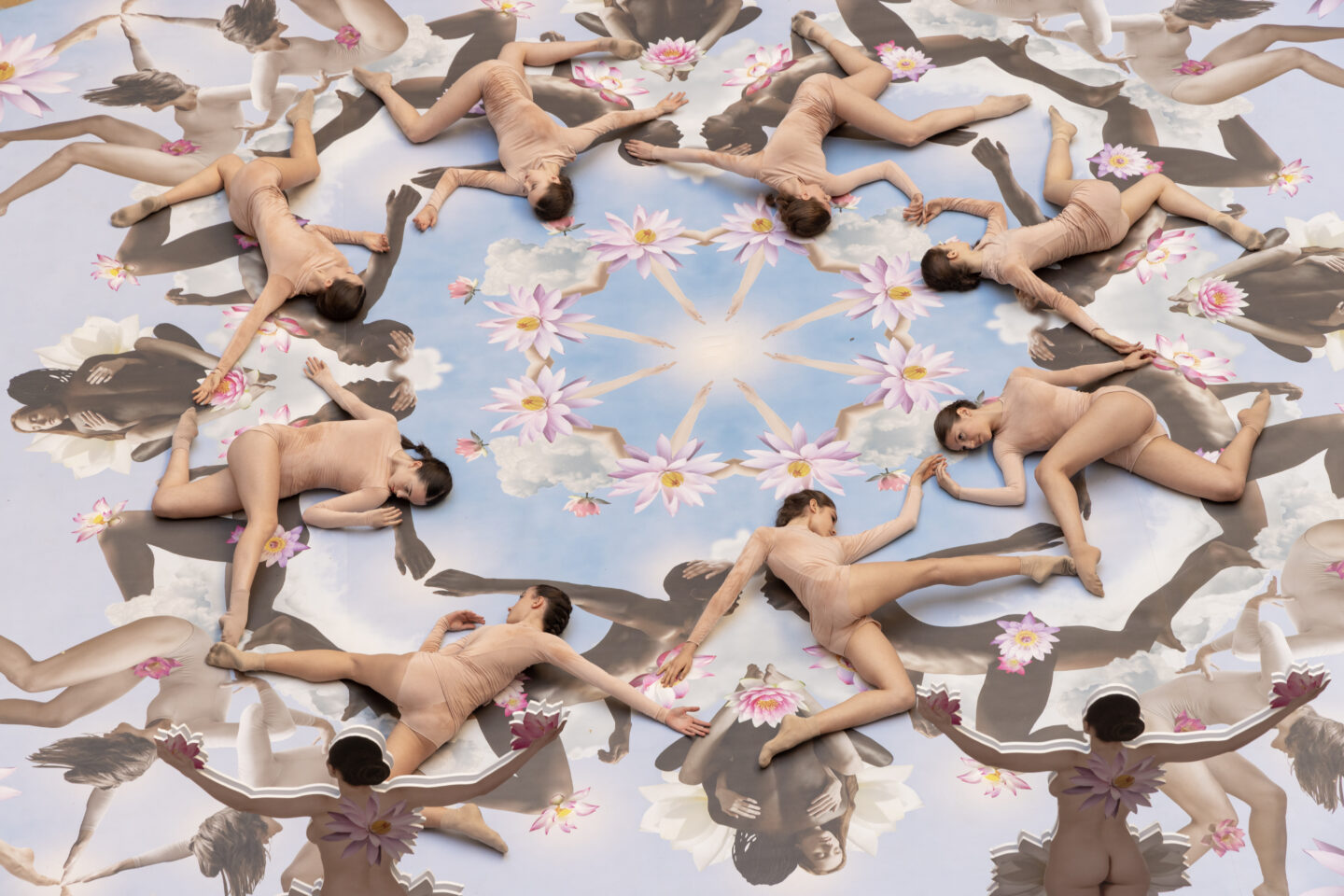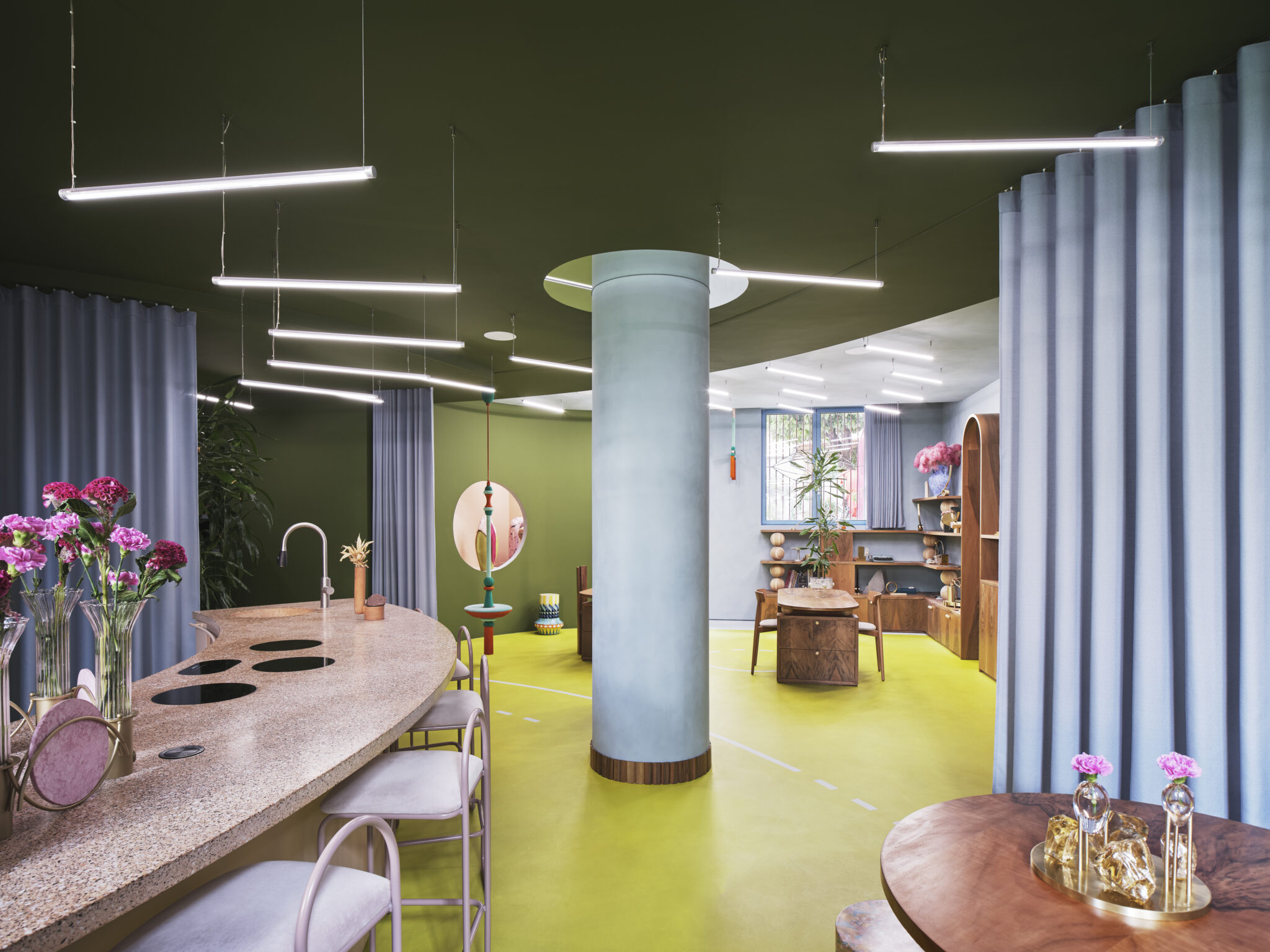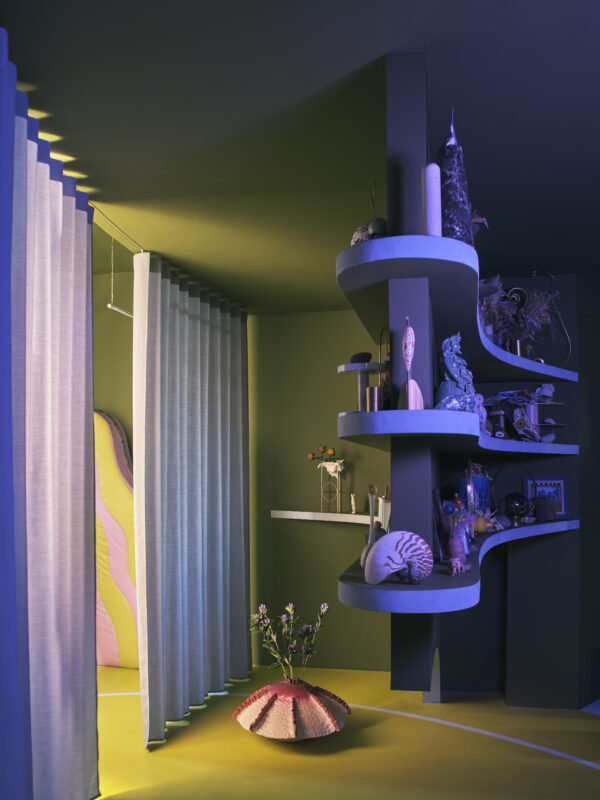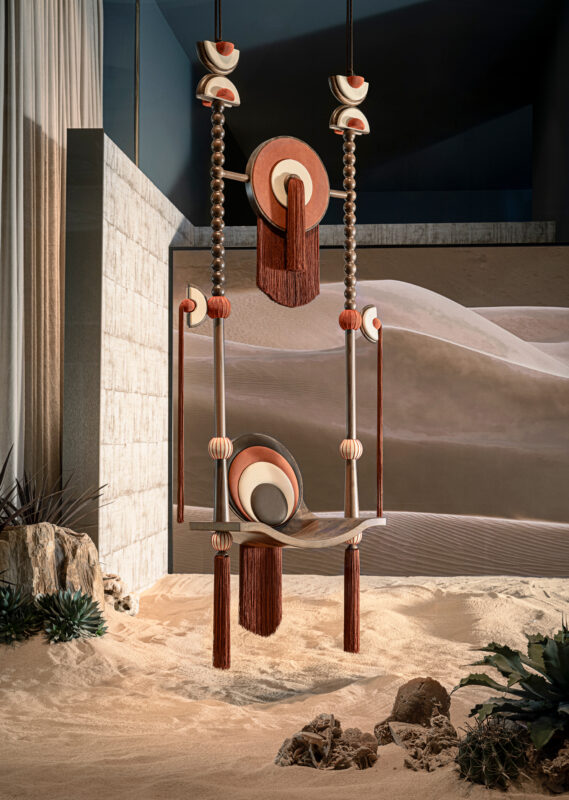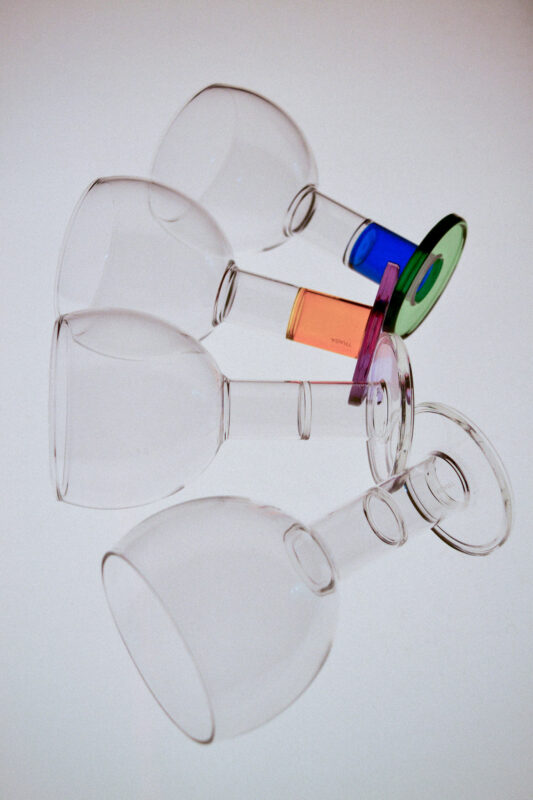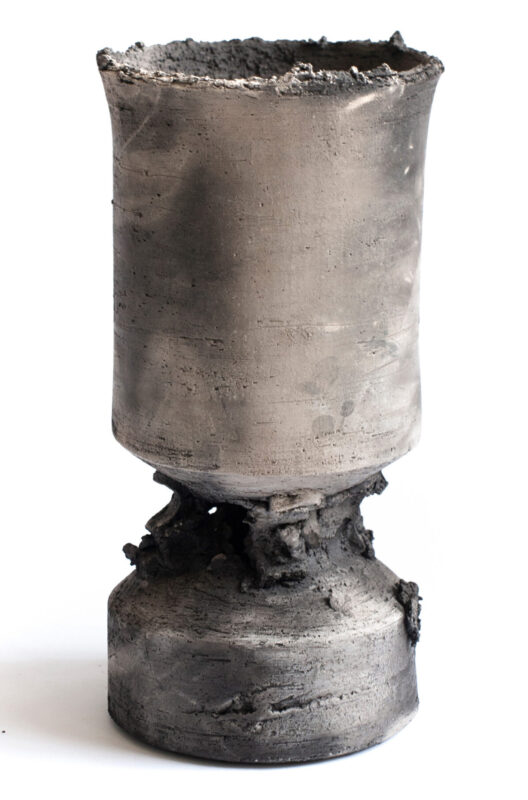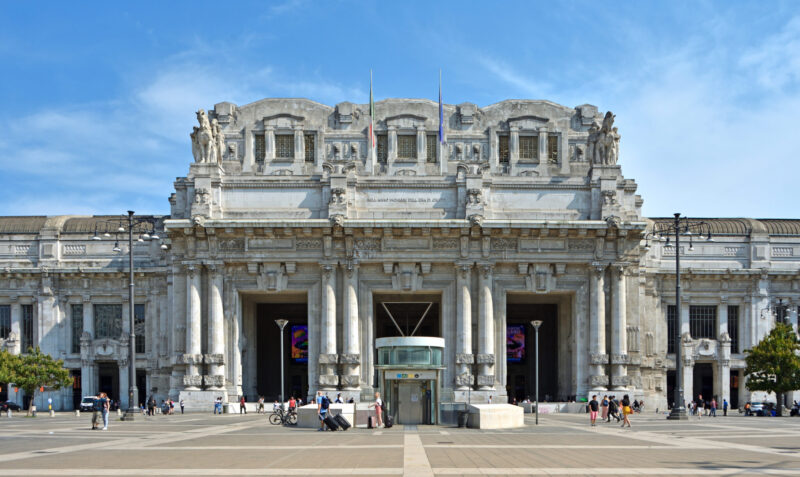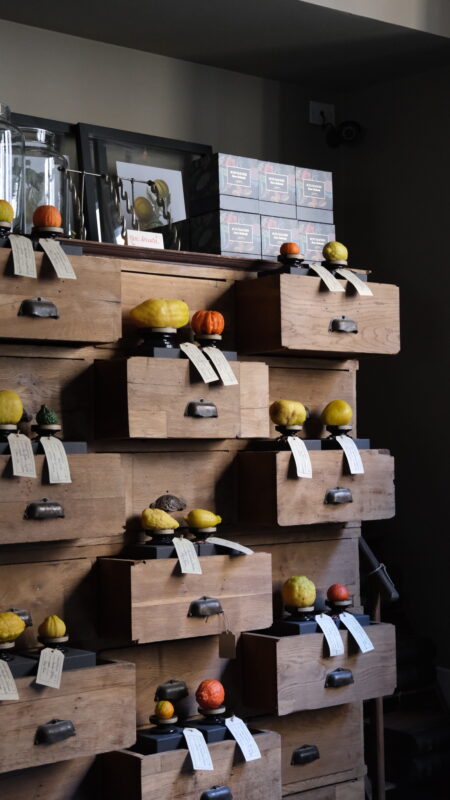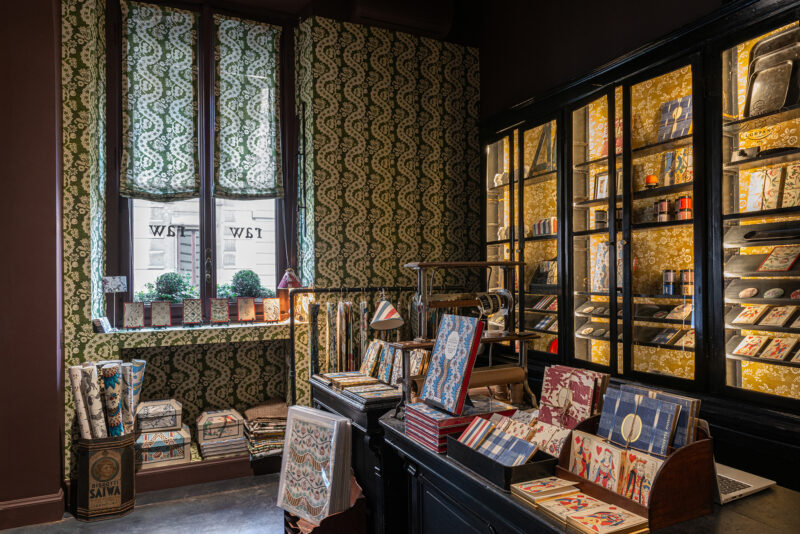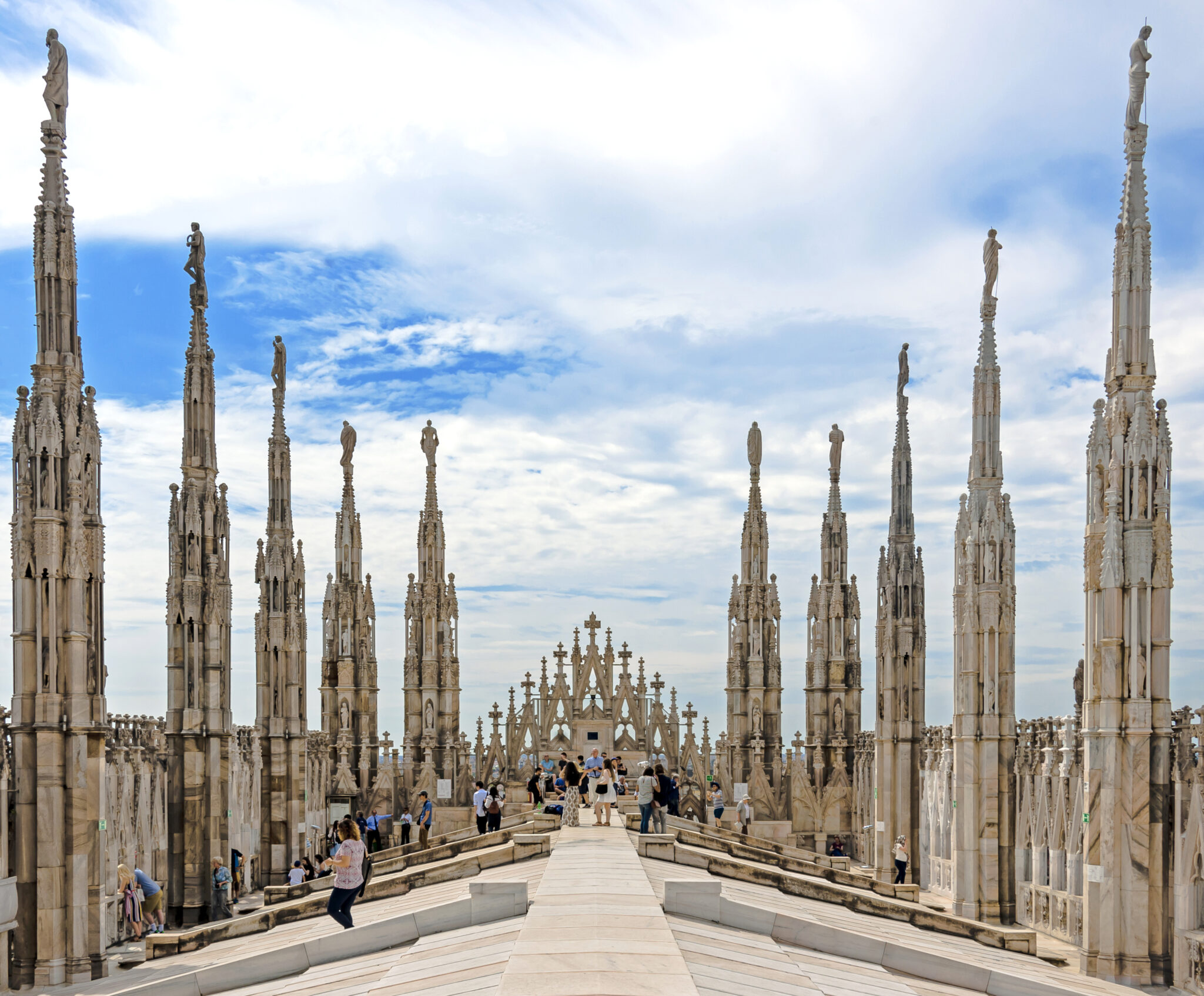To Sara Ricciardi, every aesthetic stems from a specific story—but beyond that, she carries a playfulness within her that cannot help but shine through in her work. Striking colours, irony and elegance characterise her projects. As Sullivan once said, “Form follows function”. But for Ricciardi, “form follows poetry” applies even more. At the heart of Ricciardi’s methodology lies a distinctive narrative and technical exploration of materials and spaces.
© Sara Ricciardi
What place do you currently call home and where do you work on your projects?
I feel at home wherever I sense a living community. In places where I know people—and human relationships develop—I find a sense of belonging. I work in Milan, my master city: it has given me method, growth, and creative drive. It’s a city that teaches you that creation is never granted—it must always be conquered. I’m here now, and I’m very happy that this is my home.
Where is your studio located & how does it look?
My studio is in Milan and it’s called PATASPAZIO. It’s inspired by Pataphysics, the science of imaginary solutions. It used to be a run-down basement, but skillful design creates vision within limitations. We designed it as a spiral—the center is a toilet, because every creative vortex needs its symbolic epicenter.
There are curves, colors, and a large kitchen where we host clients and friends for dinners and brainstorming sessions. It’s a fluid space, designed around a system of movable curtains that allows us to continuously reshape it. Like thought itself, the studio must remain in metamorphosis.
© Marco Menghi
Are there any projects that are personally important to you—whether recently completed or currently in progress?
Every project is an encounter, a small ritual of transformation. I am currently working on the renovation of several spaces in Palazzo Nardini in Rome, which will become the home of a visionary project dedicated to women—their voices and their representation in public space. It’s a work that intertwines memory, architecture, inclusion, and a desire for empowerment, inspired in part by Caroline Criado Perez’s book Invisible Women.
©Marco Menghi
© FT Foto
© Lorenzo Pennati
Do you have a favorite place in your area where you like to relax and linger?
I relax by walking. I head south along the Naviglio Pavese toward Parco Ticinello, walk between water and greenery, listen to the birds, and feel the earth beneath my feet. My eyes stop bouncing off the concrete and rediscover the vibration of leaves. It’s a ritual, a form of moving meditation. I often stop at Cascina Campazzo—cows, hay, manure, fresh milk—a small rural miracle nestled within the city.
© Steffen Schmitz (Carschten) / Wikimedia Commons / CC BY-SA 4.0, Milano, Duomo with Milan Cathedral and Galleria Vittorio Emanuele II, 2016, CC BY-SA 4.0
Are there any urgent political issues or problems in your region?
The polis, the city, is like a body: it requires constant care and commitment. The issues that touch me most today concern parenthood and work—the challenge of being both a mother and a professional, two dimensions that are still difficult to reconcile with dignity.
I also work extensively on urban and human regeneration in public spaces, on participatory design with communities, and on activations in the suburbs. It’s also the subject I teach in my course on Social Design and Relational Practices at NABA.
In your opinion, what has developed well in the last 5 years—and what has not?
In recent years, a new awareness has grown: the desire to make design and art political and social tools. But we still lack the courage to fail. We live in a city that runs, but sometimes it should stumble—because only by falling can it truly reinvent itself. Milan needs to learn to breathe, not just to perform—to give more space to the care of its outskirts, to long-term green and transportation projects, to the heartfelt regeneration of its urban areas through community engagement.
Do you know a hidden gem when it comes to local manufacturers—whether it’s arts and crafts, sustainable products or food?
Yes, many! As in all cities—but I’d like to guide your gaze beyond the polished city center, which I love but others will surely tell you about. On Via De Sanctis, where last year under Carolina Amoretti’s guidance we founded the Stadera Design District, we’re mapping new creative routes beyond downtown—where artisans and small studios I truly admire continue to thrive: Carolina Amoretti with Fantabody, Oriunda Jewels, Mariangela Zabatino’s ceramics lab, and Traga’s glass workshop, among others.
These are authentic places, where hands still work and art is born from a daily, communal practice. I love giving voice to these peripheral areas that generate vision. Also, if you’re nearby, visit Chiesa Rossa to see Dan Flavin’s work—a neon-lit apse at night, a beautiful piece commissioned by the Prada Foundation.
© TRAGA
© Mariangela Zabatino
Is there anything particularly innovative in your region? Also in comparison to other places you have already visited?
In Milan, the word innovation doesn’t run as fast as in Silicon Valley—it’s a city that digests change but allows for multiple layers of meaning. In the fields of design and creativity, I find it meritocratic. Disciplines can hybridize—fashion and activism, art and business, design and civic politics. Yet, even as Italy’s fastest and most innovative city, Milan retains a small-town flavor—where neighborhood community life can still exist, if one wishes.
Milan does not have the romantic charm of Paris, Berlin’s underground vibe, Copenhagen’s aesthetic calm, New York’s boldness, or Istanbul’s authenticity—cities where I have lived. Milan is a city of kind survivors, of operational minds. It doesn’t make you fall in love instantly like Rome or Venice—it gives you nothing for free. But if you understand it, discover it, and seduce it, then it opens up to you and trains you for the future.
© Michelle Pasini, Vittorioemanuele, adjusted colours and perspective, CC BY-SA 4.0
© Ludvig14, Milan CentralStation 016 4294, adjusted colours, CC BY-SA 4.0
Do you have a secret restaurant tip that you would like to share with us?
La Carlotta, on the Naviglio Pavese. It’s a simple, sincere place, with a Sardinian menu and a cozy atmosphere. Here you talk a lot, eat well, and go home with a smile—nothing more is needed.
Is there a local shop whose products can only be found in your region?
There’s Raw Milano, a contemporary wunderkammer: perfumes, fabrics, and objects selected with almost theatrical sensitivity. But I especially love the local markets—in Rozzano and San Donato, on Sunday mornings. I’m a great lover of flea markets 🙂
© RAW Milano
© RAW Milano
What are your 3 favourite apps that you use every day and couldn’t live without?
Luckily, I could live without any apps—but for work, I constantly use WhatsApp, Gmail, and Instagram. They’ve become the tools of my fluid communication, my small itinerant office.
Do you have any favourite newspapers or online magazines? And how do you keep up to date with politics or social and cultural issues?
Internazionale for the quality of its international articles, Il Post for various in-depth analyses, and Will Media, mostly on Instagram. I enjoy Chora Media for its excellent podcasts, Scomodo for its youthful perspective, and Telegram for a variety of voices outside the mainstream.
© Daniel Case, View west along Duomo roof, Milan, adjusted colours, CC BY-SA 3.0
Imagine you could be mayor for a year—what would you change?
I would offer young people more opportunities through tax breaks for businesses and rents, and focus on revitalising the suburbs by turning them into new community centres and prioritising public green spaces and shared areas. Streamlining local offices and empowering municipalities to organise city-wide roundtables would be a priority, as would inviting brands at the Salone del Mobile, with the city’s support, to invest not in temporary installations but in year-round projects on streets, squares or in schools to better maintain and improve public spaces through a community-oriented design process. I would make the city shine and promote it widely by inviting the press and citizens to give a voice to areas in need of social, ethical and economic support—for a city that is becoming increasingly inclusive.
One last question: If you could choose another place to live—regardless of financial or time constrains—which one would you choose?
My home is always where I am. I would still choose my “now”: Milan—just expanding my studio and home. But I’d love to have a retreat, a place to think and just be. I guess I’d choose Stromboli—I thrive on volcanic lands. A volcano that erupts restores me, it brings my body back to a wild, natural understanding. I become caper, lava stone, sea wave. Without make-up, without frills. To find oneself again at the foot of the fire.

